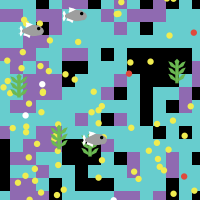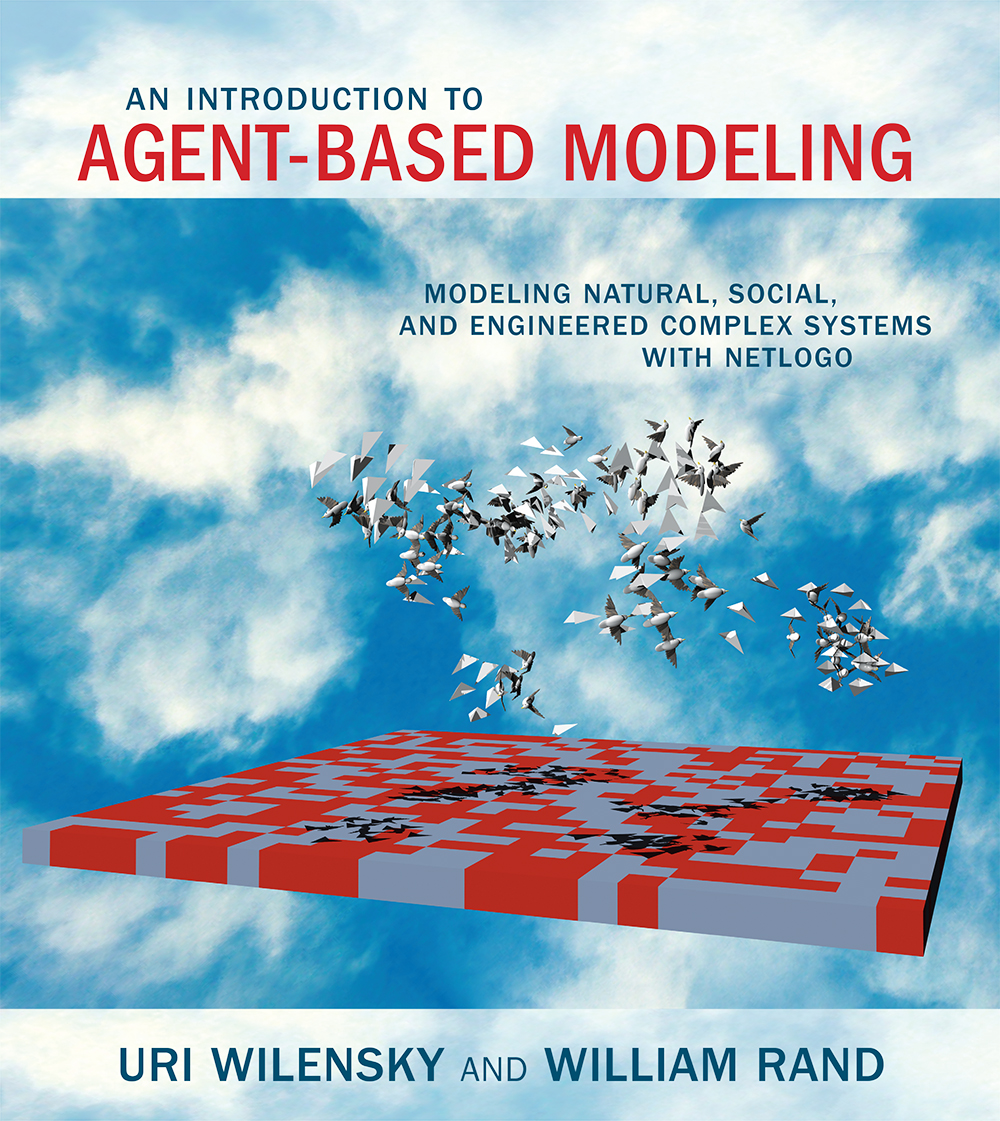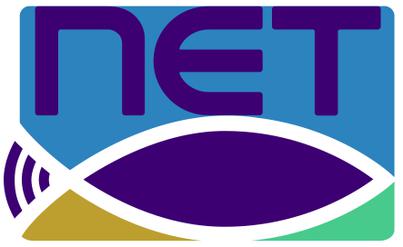

It then calls the kill-lowers procedure to do the link removal. The testme procedure just creates a complete network. So, I have instead started again and written a standalone model (put it in an empty NetLogo session) to do what I think you are trying to do. Lists seems like an awkward way to approach this and the way you are using any? is not going to work.
Netlogo let code#
I can't actually figure out how your code is supposed to work.
Netlogo let how to#
I was hoping to compare each item of the two lists like so: if of max-end2 = any? of max-end1īut i have no idea how to combine the foreach command with the if command I have created the two lists with this: set max-end1 of max-one-of my-out-links ] of turtlesĪnd by setting an x and y parameter like so: ask turtles if this happens i want the link with the lower value to die.

But, sometimes the max-out-link of two turtles are opposite of each other resulting in both links opposite of one another being selected. I've managed to select the max-out-link of every turtle. I have a complete directed graph with each link a weight of it's own. first remove any that's not a max weight Set max-end2 of max-one-of my-out-links ] of turtles 我创建了两个 列表: set max-end1 of max-one-of my-out-links ] of turtles No warranty is given about the accuracy of the copy. However, users may print, download, or email articles for individual use.

Copyright of Journal of Artificial Societies & Social Simulation is the property of Journal of Artificial Societies & Social Simulation and its content may not be copied or emailed to multiple sites or posted to a listserv without the copyright holder's express written permission.

Finally, we argue that future work should explore the relationships between these six dimensions, and how different configurations of them might be more or less appropriate for particular modeling tasks. We argue that it is important to have a unified conceptual language for describing LevelSpace models, and present six dimensions along which models can differ, and discuss how these can be combined into a variety of ML-ABM types in LevelSpace. AS coupling of heterogenous models, dynamic adaptation of detail, and cross-level interaction - we show how easy it is to build ML-ABMs with LevelSpace. Based on three common use-cases of ML-ABMs. We present the LevelSpace framework and its associated programming primitives. In this paper we present LevelSpace, an extension that allows modelers to easily build ML-ABMs in the popular and widely used NetLogo language. Abstract: Multi-Level Agent-Based Modeling (ML-ABM) has been receiving increasing attention in recent years.


 0 kommentar(er)
0 kommentar(er)
